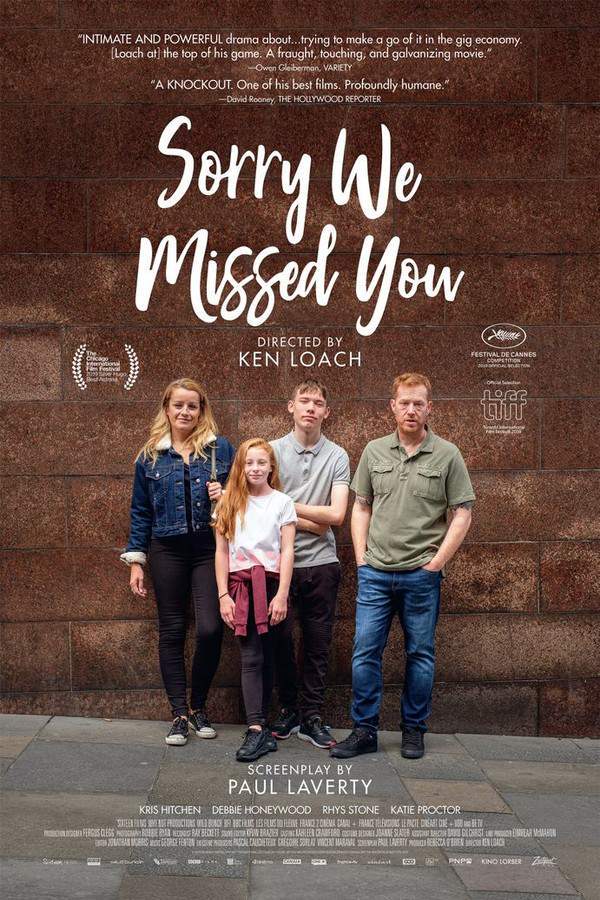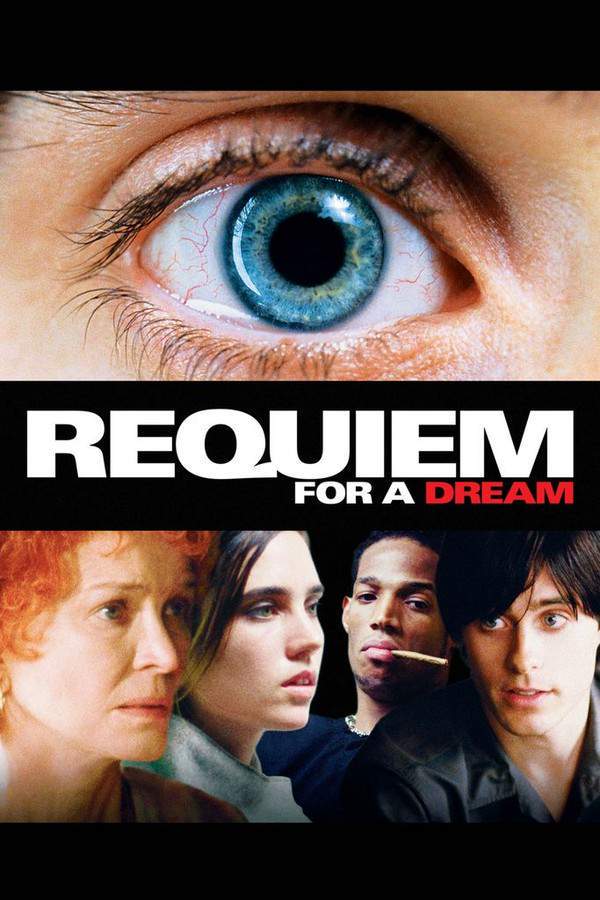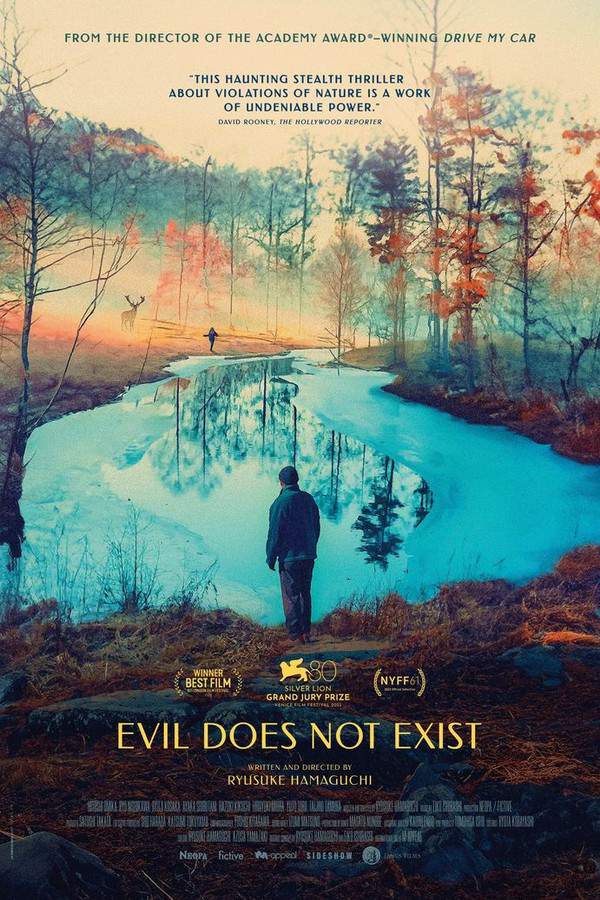
God Bless the Child
Year: 2015
Runtime: 92 min
Language: English
Directors: Robert Machoian, Rodrigo Ojeda-Beck
When five orphaned siblings are left to their own devices for a single summer day, they embark on an unexpected and memorable adventure. The story blends elements of whimsical fantasy with the lively, sometimes chaotic, nature of childhood. Through their journey, the film highlights the enduring strength of family and the resilience found in difficult circumstances.
Warning: spoilers below!
Haven’t seen God Bless the Child yet? This summary contains major spoilers. Bookmark the page, watch the movie, and come back for the full breakdown. If you're ready, scroll on and relive the story!
God Bless the Child (2015) – Full Plot Summary & Ending Explained
Read the complete plot breakdown of God Bless the Child (2015), including all key story events, major twists, and the ending explained in detail. Discover what really happened—and what it all means.
In a gritty depiction of urban hardship, Theresa Johnson (character not specified) grapples with the overwhelming challenges of single motherhood after her husband leaves following the birth of their daughter, Hillary. Huddled in a small apartment conveniently located near Hillary’s school and Theresa’s job, their fragile existence faces a sudden threat with the news of their impending eviction, a consequence of the city’s demolition plans. With no safety net available, Theresa is thrust into a relentless battle against the stark realities of poverty as she desperately tries to secure a new home.
Unfortunately, her diligent efforts come to a crushing halt when she is fired the very next day for leaving work early. This forces her and Hillary to confront the unforgiving streets, embarking on a meandering quest through various homeless shelters. During this tumultuous journey, Theresa meets Calvin Reed (character not specified), an outreach worker whose kindness becomes a vital glimmer of hope amid the chaos of their lives.
Thanks to Reed’s intervention, Theresa eventually finds a new place to live, albeit at a burdensome price: a dilapidated house plagued by rats and neglect. As mother and daughter struggle to adapt to their new environment, the narrative shifts to the nearby Watkins family, who are also caught in the relentless tide of poverty. The father, Raymond (character not specified), has left his family, believing, “>because I am worth more to them gone than there,” which leaves his children, Richard (character not specified) and a sibling, grappling with the reality of his absence while trying to survive the crushing pressure of financial instability.
Driven by a burning desire to break free from their family’s cycle of poverty, Richard dreams of becoming the first in his family to graduate high school, a beacon of hope amid their struggles. As circumstances grow dire, Theresa’s world shatters when she is forcibly evicted after courageously reporting the deplorable conditions in their home to the Department of Health. Simultaneously, Hillary has suffered from the severe consequences of lead poisoning, worsened by their transient lifestyle among shelters.
When they return to the shelter with Hillary’s health deteriorating, Theresa faces a heart-wrenching reality: if her daughter encounters lead poisoning once more, it could cause irrevocable harm to her development. With their unstable situation complicating the identification of the lead source, Theresa feels an overwhelming sense of helplessness regarding her child’s safety.
In a desperate attempt to find a solution, Theresa approaches Mr. Reed (character not specified) and reluctantly comes to a devastating conclusion — the only chance for Hillary to escape the relentless poverty cycle is to sever their mother-daughter bond. The stark truth weighs heavily: abandonment appears to be the only immediate option for her daughter’s safety. With a broken heart, Theresa makes the excruciating choice to surrender her child’s fate to Mr. Reed and his team, leaving Hillary alone in a park, consumed by tears and despair.
As the film concludes, a chilling statistic emerges on the screen: “32.5 million people live in poverty in the United States, today. 13 million of them are children.”
Last Updated: November 17, 2024 at 20:03
Explore Movie Threads
Discover curated groups of movies connected by mood, themes, and story style. Browse collections built around emotion, atmosphere, and narrative focus to easily find films that match what you feel like watching right now.
Bleak Social Realism Films like God Bless the Child
Stories where societal structures fail the most vulnerable, leading to tragic outcomes.Explore movies like God Bless the Child that depict the crushing weight of systemic failure. These dramas share a bleak tone, high emotional intensity, and a focus on social injustice, poverty, and the desperation of those abandoned by the system.
Narrative Summary
The narrative follows a linear, downward spiral as characters face a series of escalating hardships—eviction, job loss, illness—that strip away their security and dignity. The conflict is not against a single villain but against an indifferent or broken system, culminating in a tragic sacrifice or loss.
Why These Movies?
Movies are grouped here for their shared commitment to grim social commentary, their unrelenting bleak tone, and their focus on the visceral emotional impact of poverty and desperation. They create a consistent vibe of oppression and despair.
Movies about Tragic Sacrifice like God Bless the Child
Character-driven journeys where love leads to a heartbreaking, morally complex sacrifice.If you were moved by the devastating choice in God Bless the Child, these films explore similar themes of heartbreaking sacrifice made for love. They feature heavy emotional weight, bleak consequences, and stories of parental or familial desperation.
Narrative Summary
The story builds steadily around a central relationship, typically parent-child, that is threatened by extreme circumstances. The protagonist's options narrow until the only path forward is a painful act of abandonment or sacrifice, intended as the ultimate expression of love, which leaves a lasting emotional scar.
Why These Movies?
These films are connected by their exploration of the ultimate desperate choice made for love. They share a heavy emotional weight, a focus on the morality of sacrifice, and a profoundly bleak or bittersweet conclusion that highlights the tragedy of the situation.
Unlock the Full Story of God Bless the Child
Don't stop at just watching — explore God Bless the Child in full detail. From the complete plot summary and scene-by-scene timeline to character breakdowns, thematic analysis, and a deep dive into the ending — every page helps you truly understand what God Bless the Child is all about. Plus, discover what's next after the movie.
God Bless the Child Timeline
Track the full timeline of God Bless the Child with every major event arranged chronologically. Perfect for decoding non-linear storytelling, flashbacks, or parallel narratives with a clear scene-by-scene breakdown.

Characters, Settings & Themes in God Bless the Child
Discover the characters, locations, and core themes that shape God Bless the Child. Get insights into symbolic elements, setting significance, and deeper narrative meaning — ideal for thematic analysis and movie breakdowns.

God Bless the Child Spoiler-Free Summary
Get a quick, spoiler-free overview of God Bless the Child that covers the main plot points and key details without revealing any major twists or spoilers. Perfect for those who want to know what to expect before diving in.

More About God Bless the Child
Visit What's After the Movie to explore more about God Bless the Child: box office results, cast and crew info, production details, post-credit scenes, and external links — all in one place for movie fans and researchers.
























